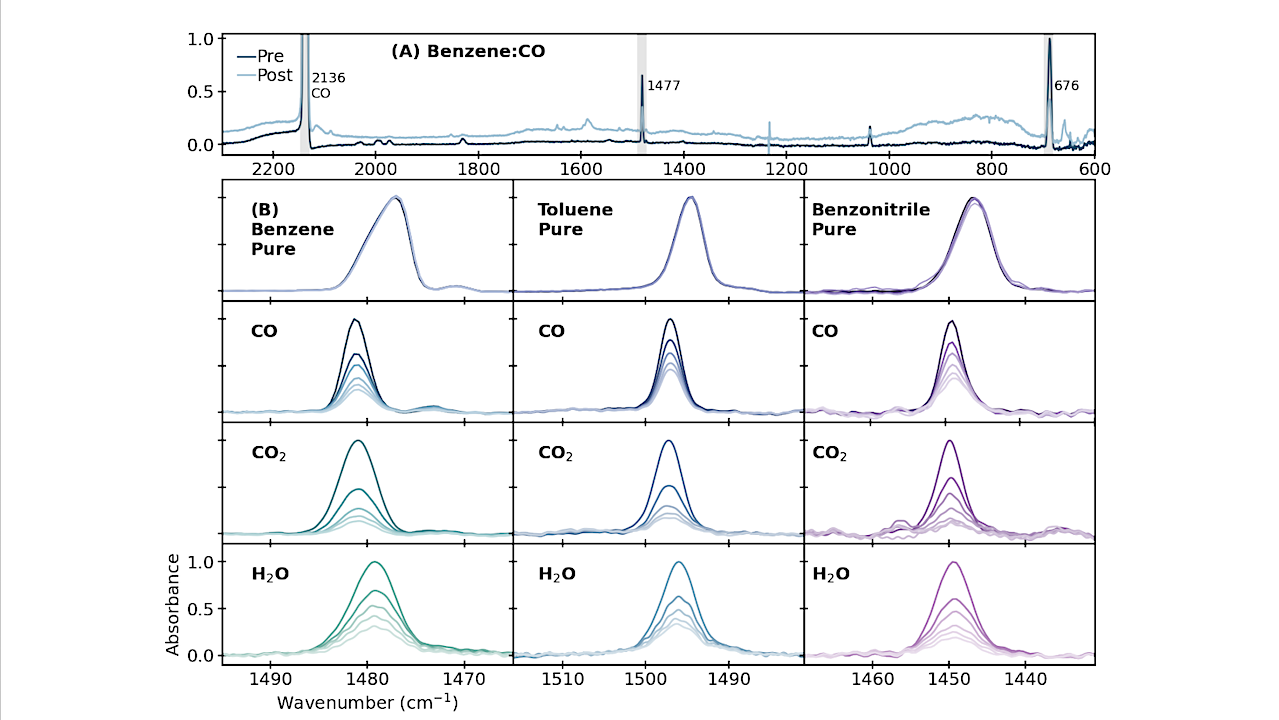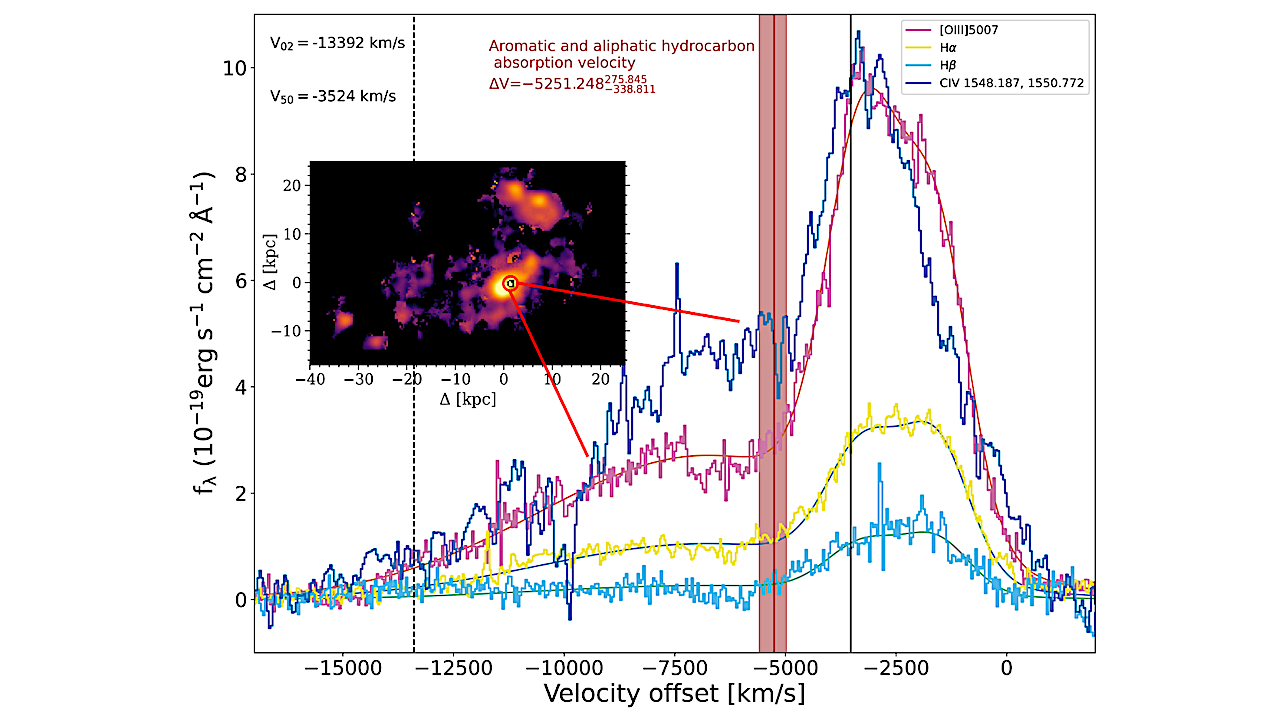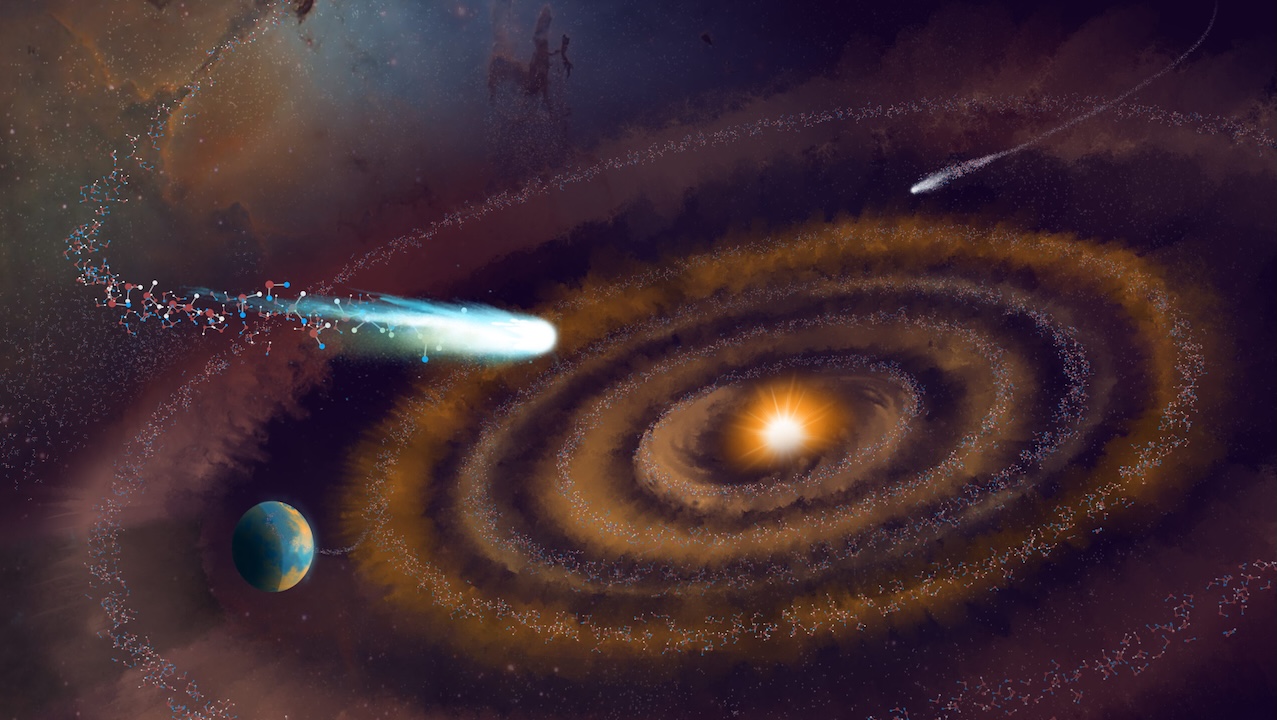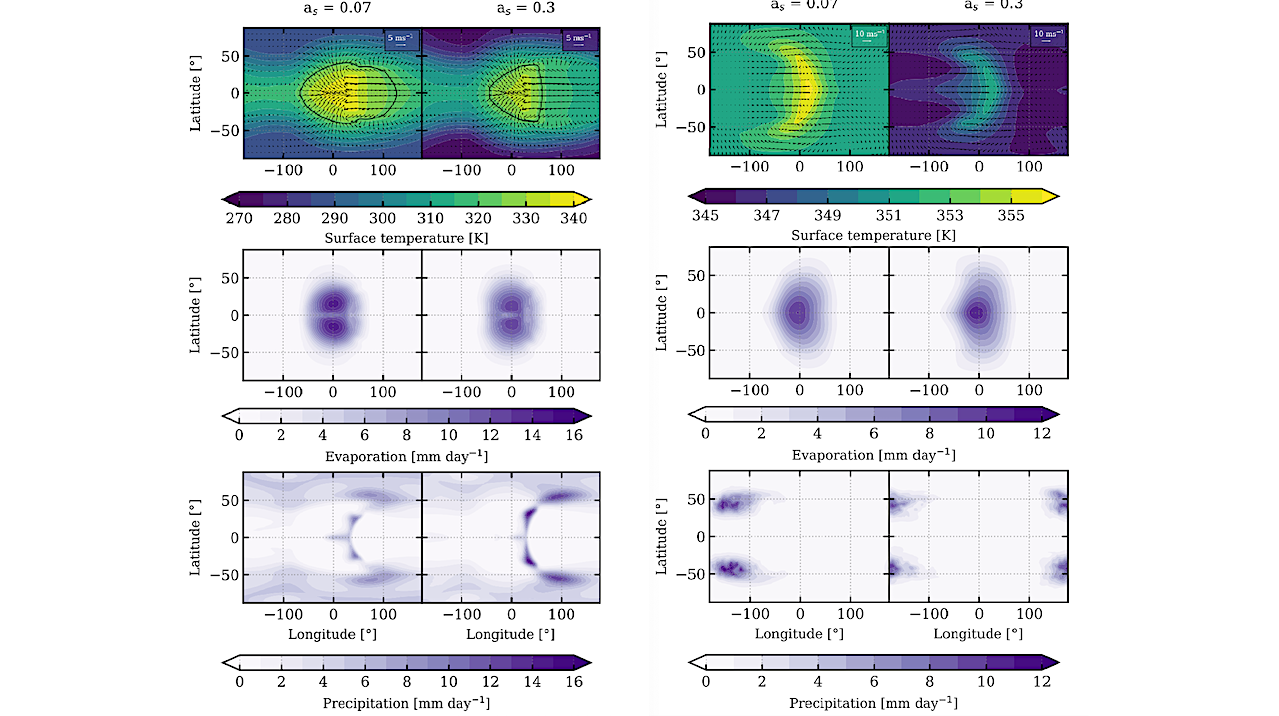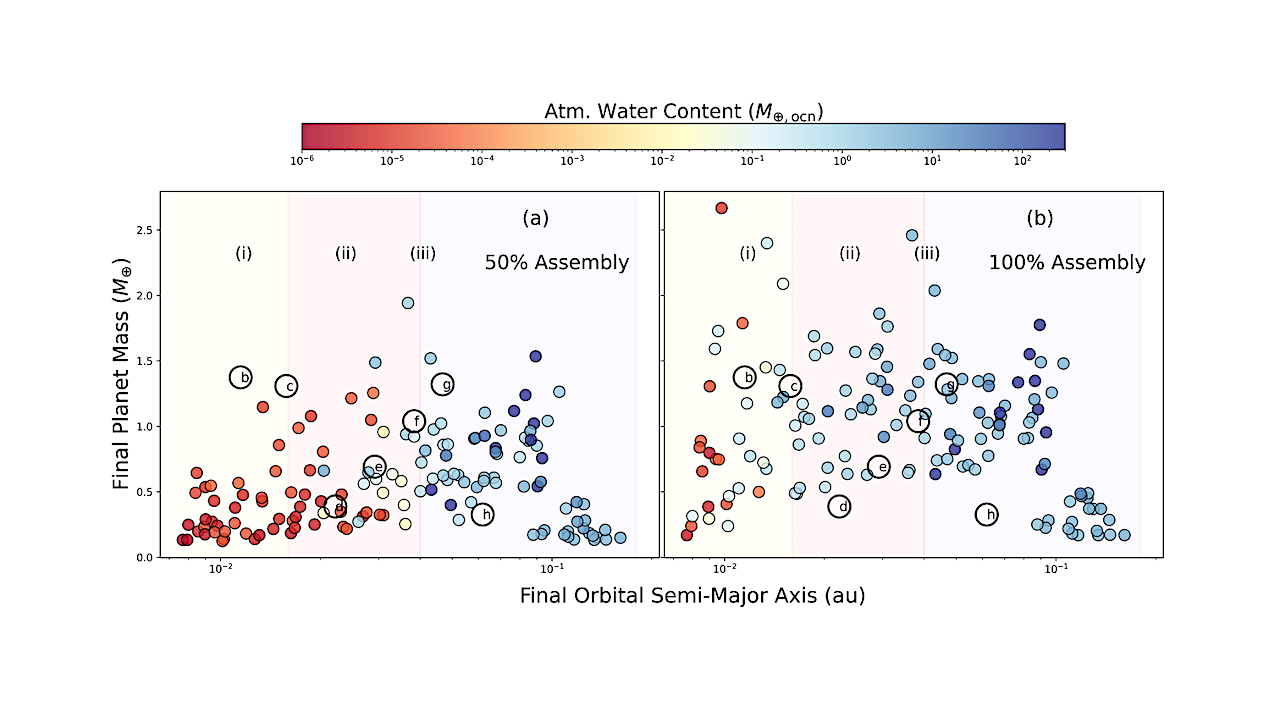Probing The Geological Setting Of Exoplanets Through Atmospheric Analysis: Using Mars As A Test Case
Selected wavelength region of a GIANO-B spectrum where many CO2 absorption lines are found. The original spectrum (orange line) is composed both by the telluric and the Martian CO2 lines,



